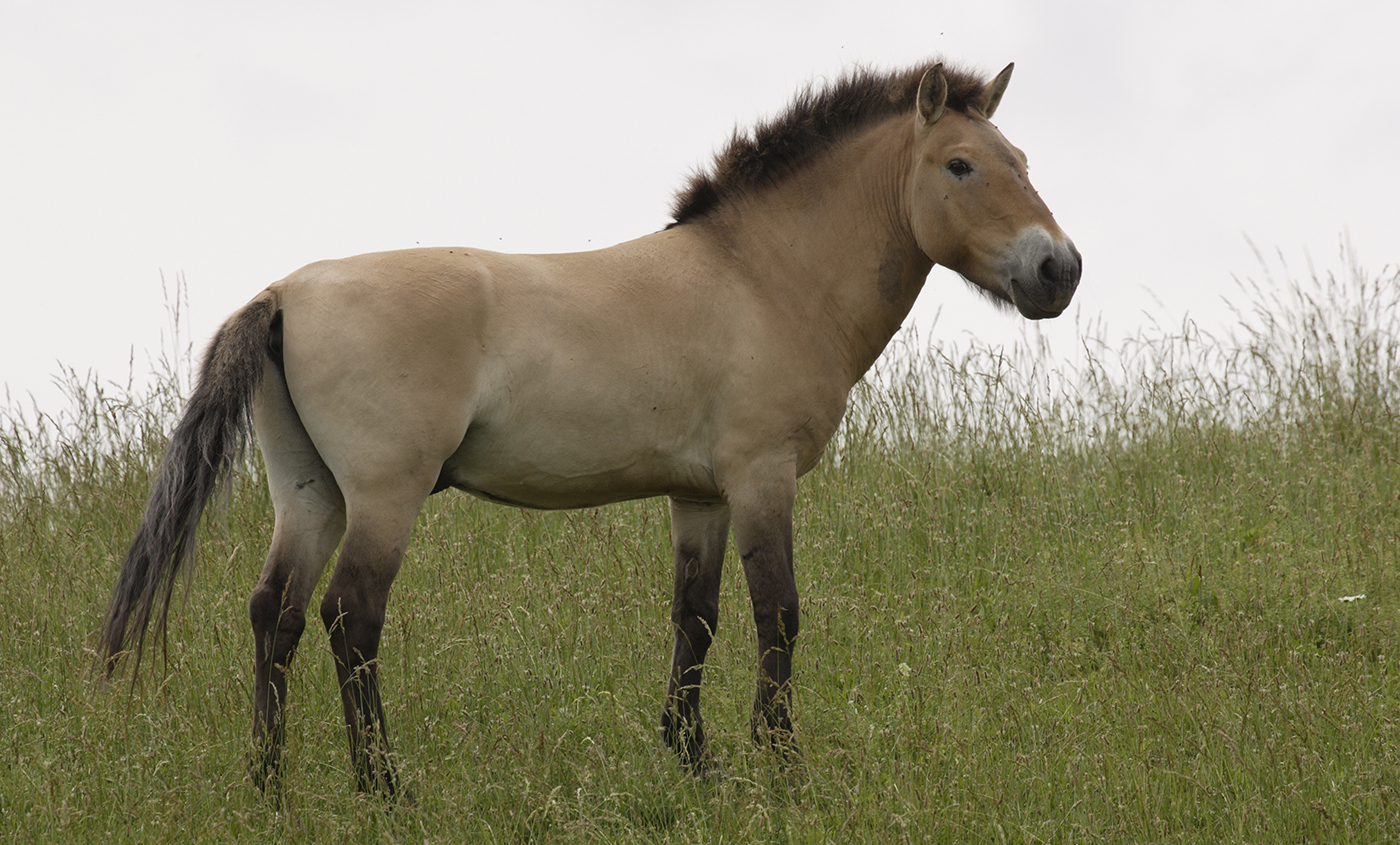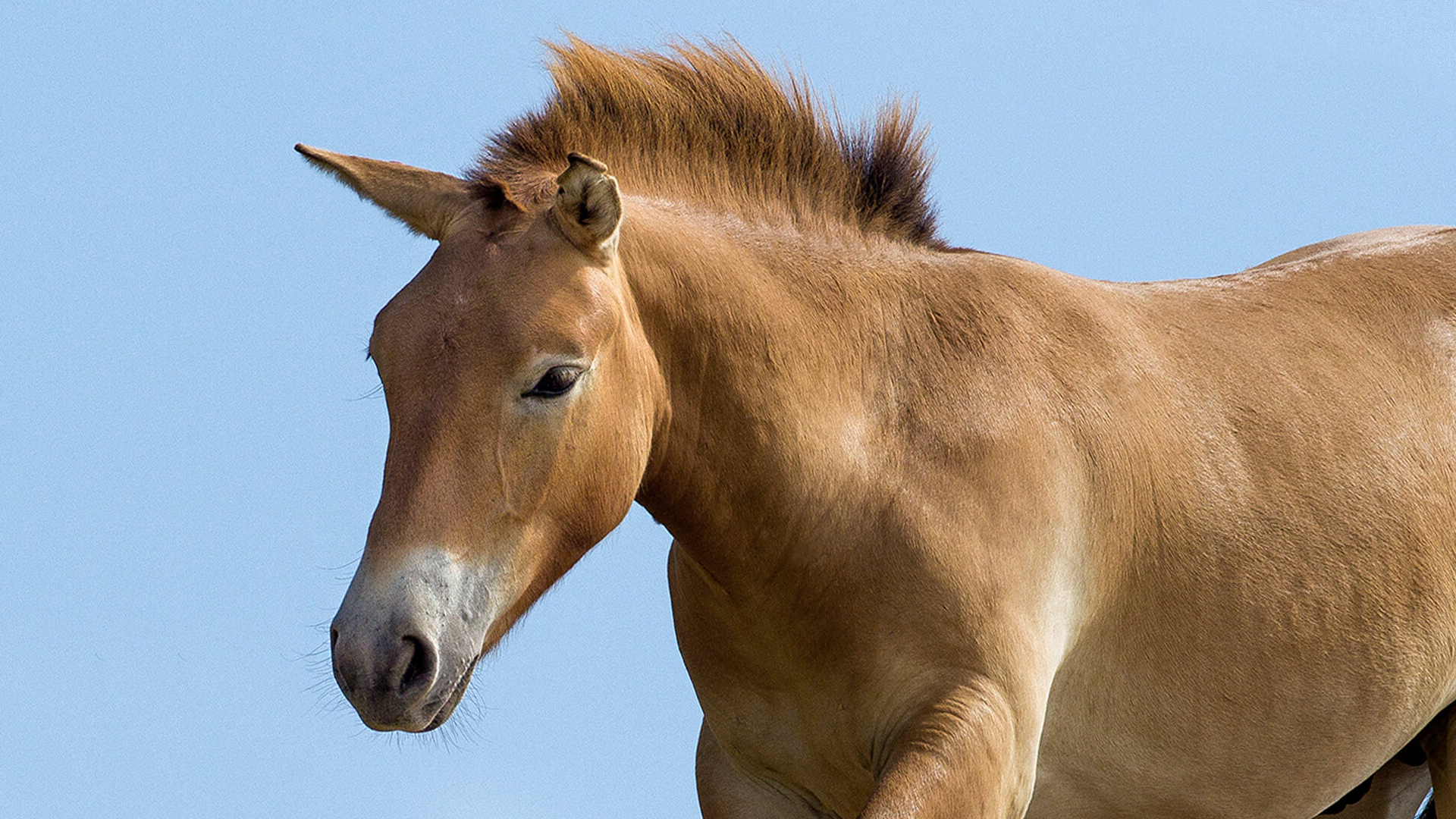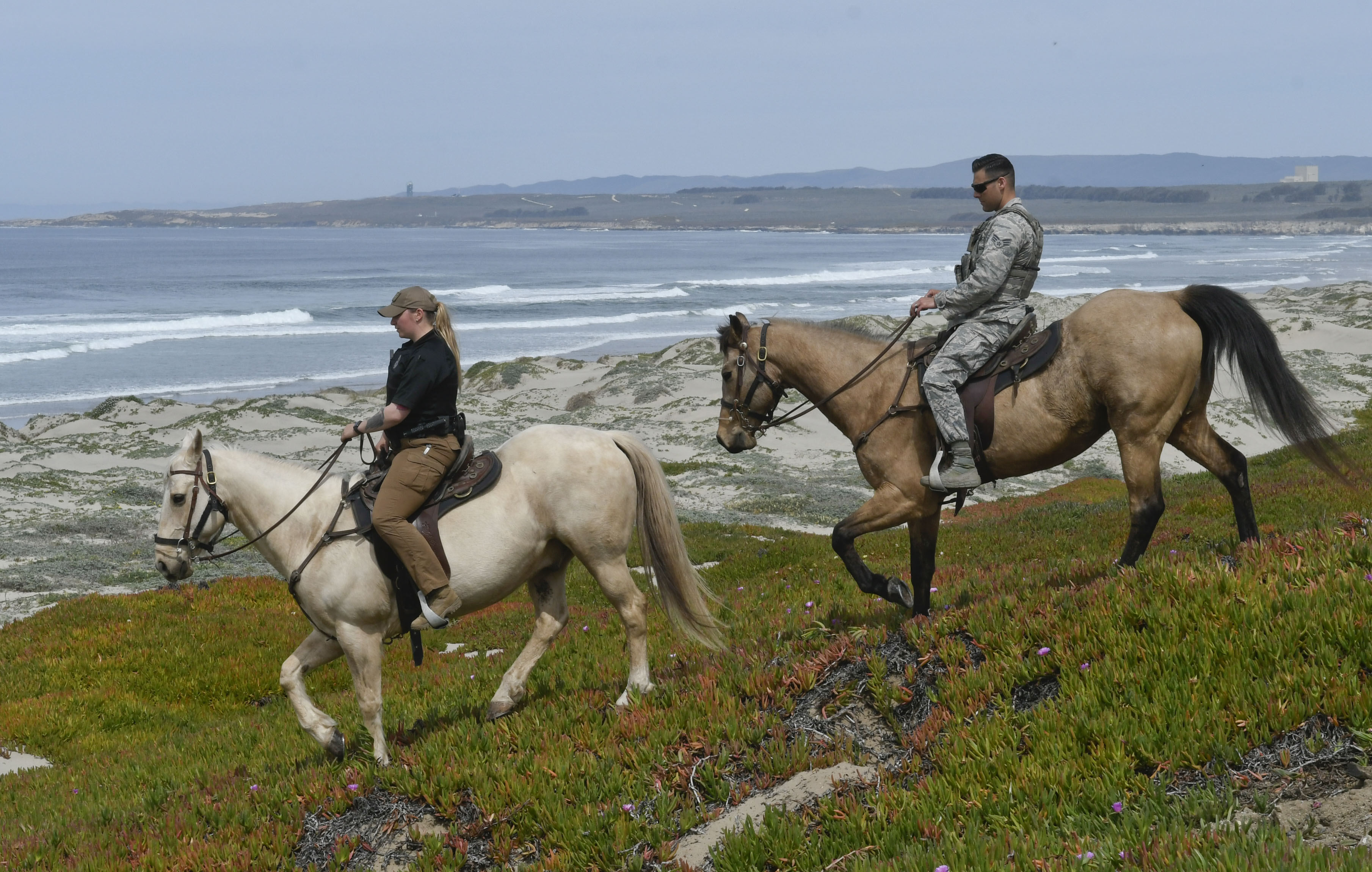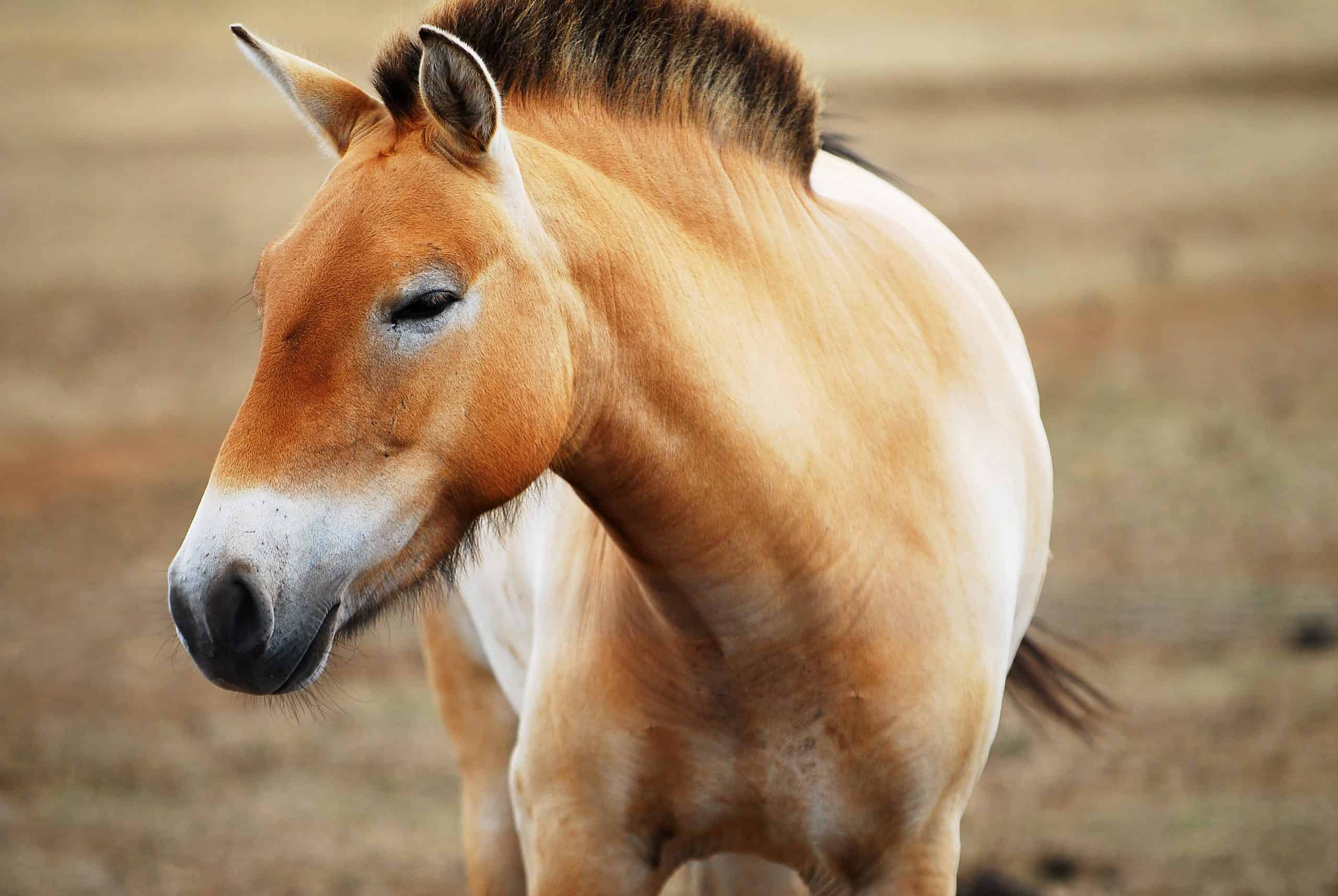The Przewalski’s horse, also known as the Mongolian wild horse or Dzungarian horse, is a rare and ancient species that has captured the imagination of conservationists and animal lovers alike. This unique and resilient animal has a storied history and has faced numerous challenges to its survival. One of the most pressing questions about the Przewalski’s horse is how many of these magnificent creatures are left in the world. In this article, we will explore the current population status of the Przewalski’s horse, the threats it faces, and the efforts being made to protect and conserve this iconic species.
The History of the Przewalski’s Horse

The Przewalski’s horse is named after the Russian explorer and naturalist Nikolai Przewalski, who first described the species in the late 19th century. These horses are native to the steppes of Central Asia, particularly Mongolia and China. They are the only true wild horses remaining in the world, as other so-called “wild” horse breeds are actually feral descendants of domesticated horses.
Origins and Evolution
Przewalski’s horses have a long and fascinating evolutionary history. Genetic studies have revealed that they are the closest living relatives of the domesticated horse, with a lineage that stretches back thousands of years. These horses are well adapted to the harsh and unforgiving environment of the Asian steppes, with their stocky build, sturdy legs, and thick, coarse coat helping them survive in extreme temperatures and challenging terrain.
Historical Decline
Once widespread across the steppes of Central Asia, the Przewalski’s horse experienced a dramatic decline in the 20th century. Human encroachment, habitat loss, hunting, and competition with livestock all contributed to their dwindling numbers. By the 1960s, the Przewalski’s horse was on the brink of extinction, with only a few dozen individuals remaining in captivity.
Current Population Status

The plight of the Przewalski’s horse caught the attention of conservationists, and concerted efforts were made to save the species from extinction. Through captive breeding programs and reintroduction efforts, the population of Przewalski’s horses has seen a remarkable recovery in recent decades.
Captive Population
Today, the majority of Przewalski’s horses exist in captivity, in zoos, wildlife reserves, and breeding centers around the world. These captive populations serve as a vital safety net for the species, ensuring that their genetic diversity is preserved and that individuals are available for reintroduction into the wild.
Wild Population
In addition to the captive population, there are also small, reintroduced populations of Przewalski’s horses living in their native habitats. These reintroduction efforts have been largely successful, with the horses adapting well to their natural environment and even showing signs of breeding and expanding their numbers.
Threats and Challenges

While the population of Przewalski’s horses has made significant strides in recent years, the species still faces a number of threats and challenges that could jeopardize its long-term survival.
Habitat Loss
The traditional habitat of the Przewalski’s horse has been significantly altered by human activities, including agriculture, mining, and infrastructure development. As a result, the available range for the horses has been greatly reduced, leading to increased competition for resources and fragmentation of their populations.
Genetic Diversity
Maintaining genetic diversity is a critical concern for the long-term survival of the species. With the majority of Przewalski’s horses living in captivity, there is a risk of inbreeding and loss of genetic variation. Efforts to manage the captive population and reintroduced individuals aim to mitigate this risk and ensure the health and resilience of the species.
Human-Wildlife Conflict
As human populations continue to expand into the traditional range of the Przewalski’s horse, conflicts can arise over grazing land, water sources, and potential damage to crops or livestock. Finding ways to mitigate these conflicts and promote coexistence between humans and horses is essential for the continued success of conservation efforts.
Conservation Efforts

Despite these challenges, there are numerous organizations and individuals dedicated to the conservation of the Przewalski’s horse, working tirelessly to ensure the survival of this iconic species.
Captive Breeding Programs
Captive breeding programs play a crucial role in maintaining a healthy and genetically diverse population of Przewalski’s horses. These programs are carefully managed to prevent inbreeding and to preserve the unique traits and adaptations of the species.
Reintroduction Projects
Reintroduction projects aim to establish self-sustaining populations of Przewalski’s horses in their native habitats. These projects involve careful planning and monitoring to ensure that the released individuals are able to thrive and reproduce in the wild.
Community Engagement
Engaging local communities in conservation efforts is essential for the long-term success of Przewalski’s horse conservation. By working with local stakeholders, conservationists can help mitigate human-wildlife conflicts, promote sustainable land use practices, and foster a sense of stewardship for the natural environment.
The Future of the Przewalski’s Horse

The story of the Przewalski’s horse is a testament to the resilience of nature and the power of dedicated conservation efforts. While the challenges facing the species are significant, there is cause for optimism as the population continues to grow and thrive.
Hope for the Future
With ongoing conservation efforts, it is possible that the Przewalski’s horse can once again roam the steppes of Central Asia in healthy, sustainable populations. The commitment of conservationists, the support of local communities, and the enduring spirit of these remarkable animals offer hope for a future where the Przewalski’s horse can flourish once more.
Continued Vigilance
Despite the progress that has been made, it is essential to remain vigilant in protecting the Przewalski’s horse and its habitat. Continued monitoring, research, and adaptive management will be crucial to ensuring the long-term survival of the species in the face of ongoing threats and environmental changes.
Interested in learning more about horses? Check out our articles on horses used in WWII, feeding molasses to horses, and lifespan of Clydesdale horses for a deeper dive into the world of equines!
Conclusion

The question of how many Przewalski’s horses are left in the world is a complex and multifaceted issue. While the species has faced significant challenges and declines in the past, conservation efforts have led to a remarkable recovery in recent years. With continued dedication and support, there is hope that the Przewalski’s horse will continue to thrive and contribute to the rich tapestry of life on our planet. By understanding the history, current status, and future prospects of the Przewalski’s horse, we can appreciate the importance of protecting and conserving this iconic species for generations to come.



